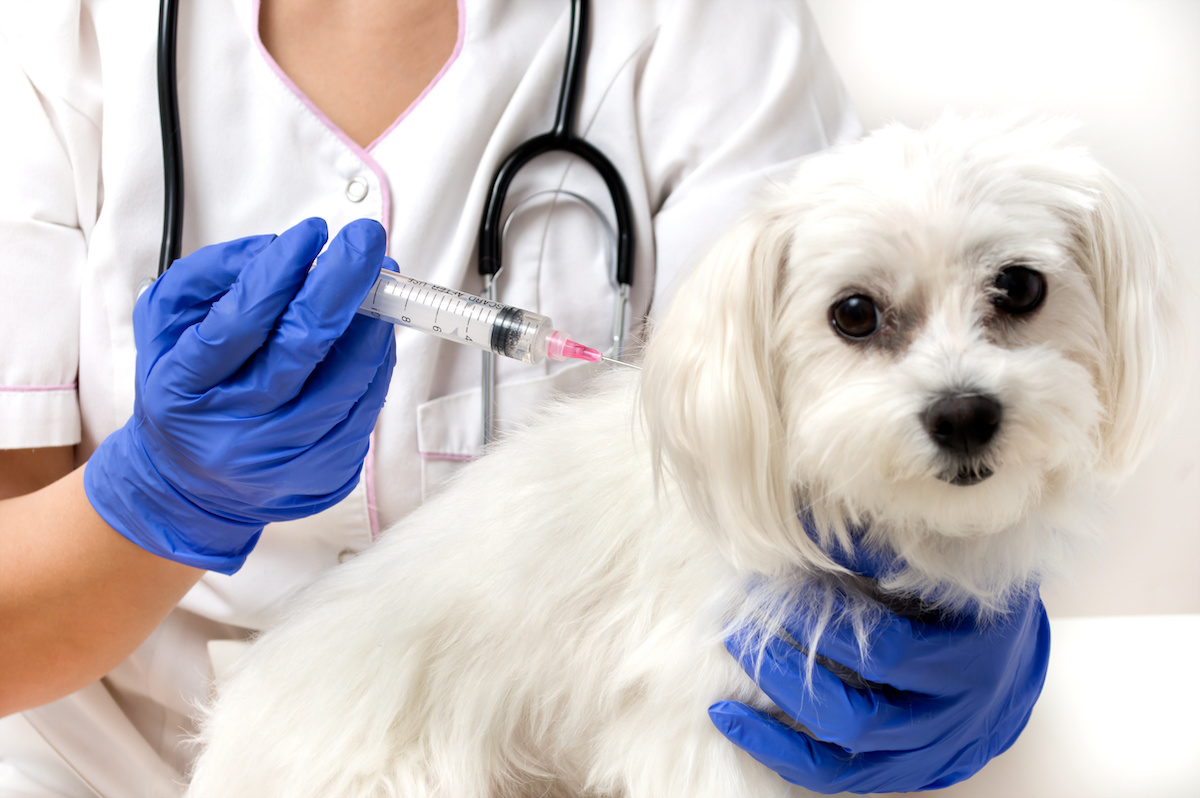When most people think of rabies, they picture a violent animal that is foaming at the mouth. No one would like to see their beloved pet in this state. The fear of rabies is very real for many pet owners. People often forget that wildlife, whether it is small, cute, and quit can be dangerous. Most wildlife will go out of their way to avoid humans. Our pets may be a different story. Any game and wildlife official will tell you to keep your distance from wild animals. They say this because of rabies. Rabies is a fatal virus and dangerous public health issue. Preventing rabies and the spread of rabies is important.
What is Rabies?
Rabies is “fatal but preventable” according to the CDC. This virus affects the central nervous system in humans and animals. It can be passed by a bite or scratch from an infected animal. Most rabies in the United States is carried by bats, raccoons, foxes, and skunks. In humans, rabies is most commonly caused by bites from infected dogs. Without appropriate medical care after exposure, rabies will quickly spread the brain and be fatal to the carrier.
Once signs appear, the disease results in casualty. Given that animals who have rabies produce big quantities of virus in their saliva, the disease is mostly passed to canines through a bite from a contaminated animal. It can likewise be transmitted through a scratch or when infected saliva reaches mucous membranes or an open, fresh injury.
All about Rabies: Types, Symptoms & Causes
Even the nicest of pups end up being irritable, while normally excitable animals might end up being more docile. A pet might bite or snap at any type of stimulus, attacking other animals, human beings, and even inanimate things. They may constantly lick, bite, and chew at the website where they were bitten. A fever might likewise exist at this stage.
They may eat uncommon things and hide in dark locations. Paralysis of the throat and jaw muscles might follow, resulting in the popular symptom of foaming at the mouth. Disorientation, incoordination, and staggering may take place, caused by paralysis of the hind legs. Other timeless indications of rabies include anorexia nervosa, weakness, seizures, and sudden death.
However, the transmission of the infection through saliva can happen as early as ten days before symptoms appear. Unvaccinated pets who are permitted to stroll outdoors without guidance are most at risk for infection. They’re exposed to wild animals and have a greater possibility of fighting with infected stray dogs or felines.
After having contact with a rabid animal, the rabies virus might live on your family pet’s skin for as much as two hours. It is finest not to touch your pet dog throughout this time. If you should handle your canine, use gloves, and protective clothing. A pet who is up to date with his vaccinations and who has been bitten by a perhaps rabid animal ought to also be provided a rabies booster right away and kept under observation for 45 days.
Talk to Your Veterinarian
Contact your veterinarian about the ideal vaccine and vaccination schedule for your pets. In numerous areas of the country, it’s necessary that all domestic canines and cats are immunized after the age of three months. Immunizing your animal not just secures him from getting rabies, it safeguards him if he bites someone. At Animal Care Center we care about the safety of your pets and you. We are here to educate, help, and prevent any of the dangers that rabies. If you have any questions or need more information, contact us today!






